Hottest Chili Peppers
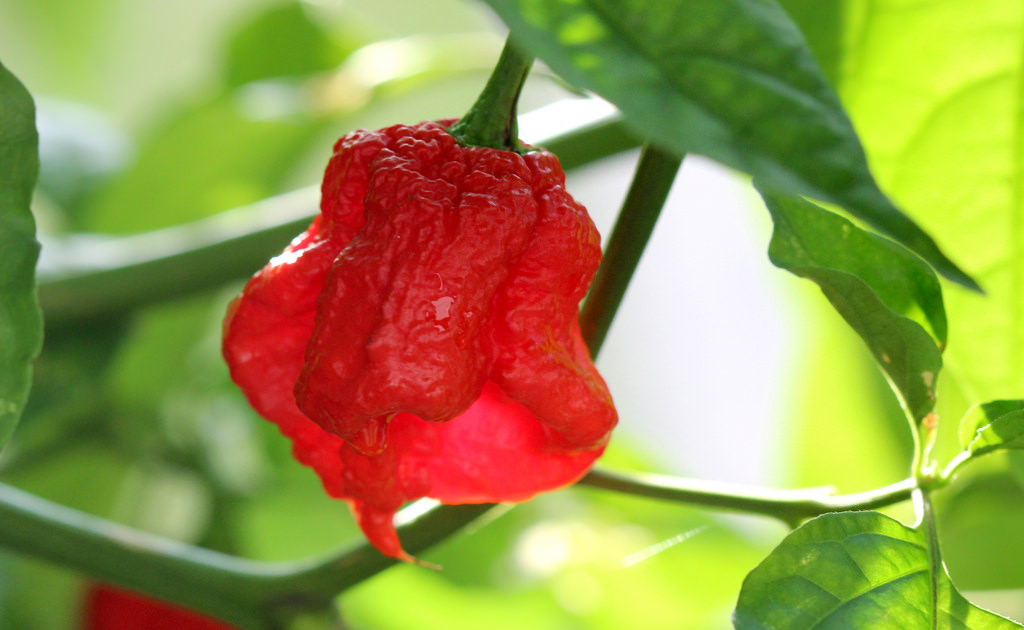
7-Pot Chili Pepper
Origin: Trinidad
Color: Red
Use: Hot enough to heat 7 pots of stew and is also used in Trinidad for military grade tear gas and marine paint.
Scoville: Over 1 million
Hot Fact: These peppers may be fruity and nutty in flavor, but you still must wear gloves when handling them.
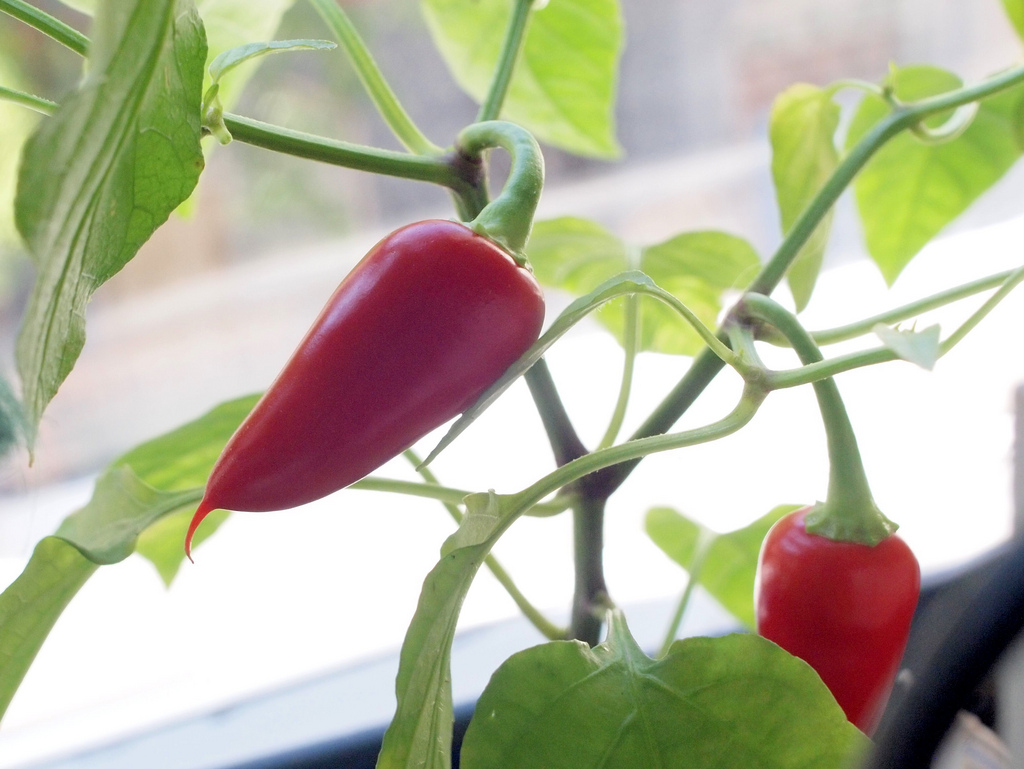
African Birds Eye/African Devil
Origin: Africa
Color: Red or purple
Use: pepper extract or organic pest control. Great in soups, stews, hot sauces, chicken dishes.
Scoville: 175,000
Hot Fact: This pepper is originally known as Peri-Peri or Pilli-Pilli, which translates to pepper pepper in Swahili, the place where it originated. The British renamed it the African Birds Eye.
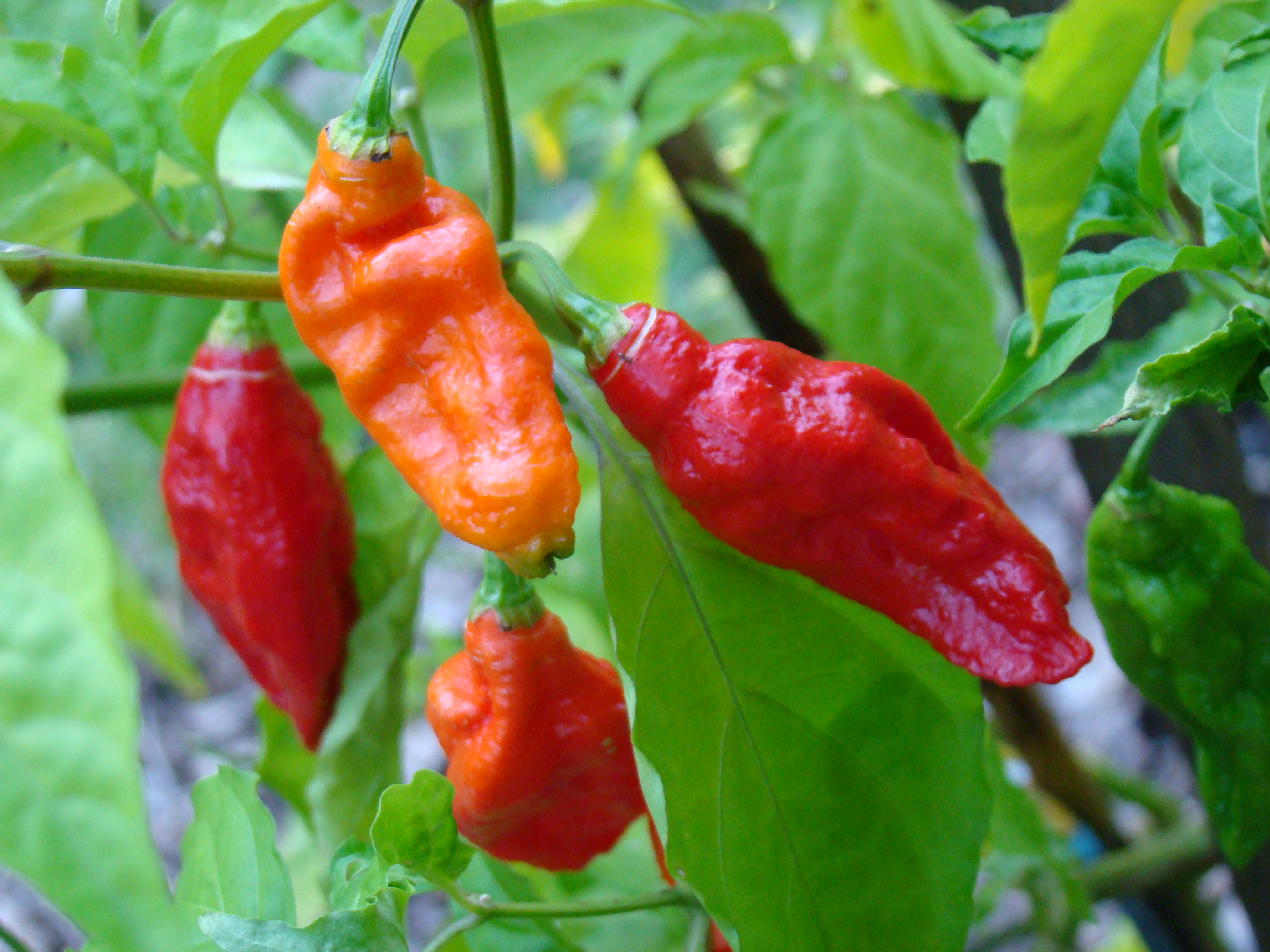
Bhut Jolokia Chili Peppers (Ghost Pepper)
Origin: Northern India
Color: Orange
Use: Sauce, anything you would use a habanero. Popular in Indian cooking and a way to beat summer heat and heal stomach pain.
Scoville: Over 1 Million
Hot Fact: Farmers in India will put this on the outskirts of their land to keep from predators.
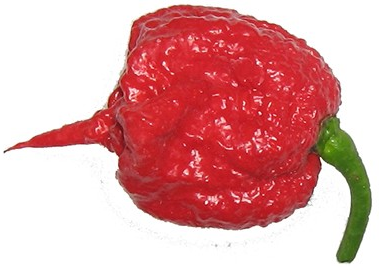
Carolina Reaper
Origin: South Carolina, USA
Color: Red
Use: Pepper spray and hot sauces
Scoville: 2,200,000
Hot Fact: Touching this pepper without protection can cause severe burns. It currently ranks as the hottest pepper in the world.
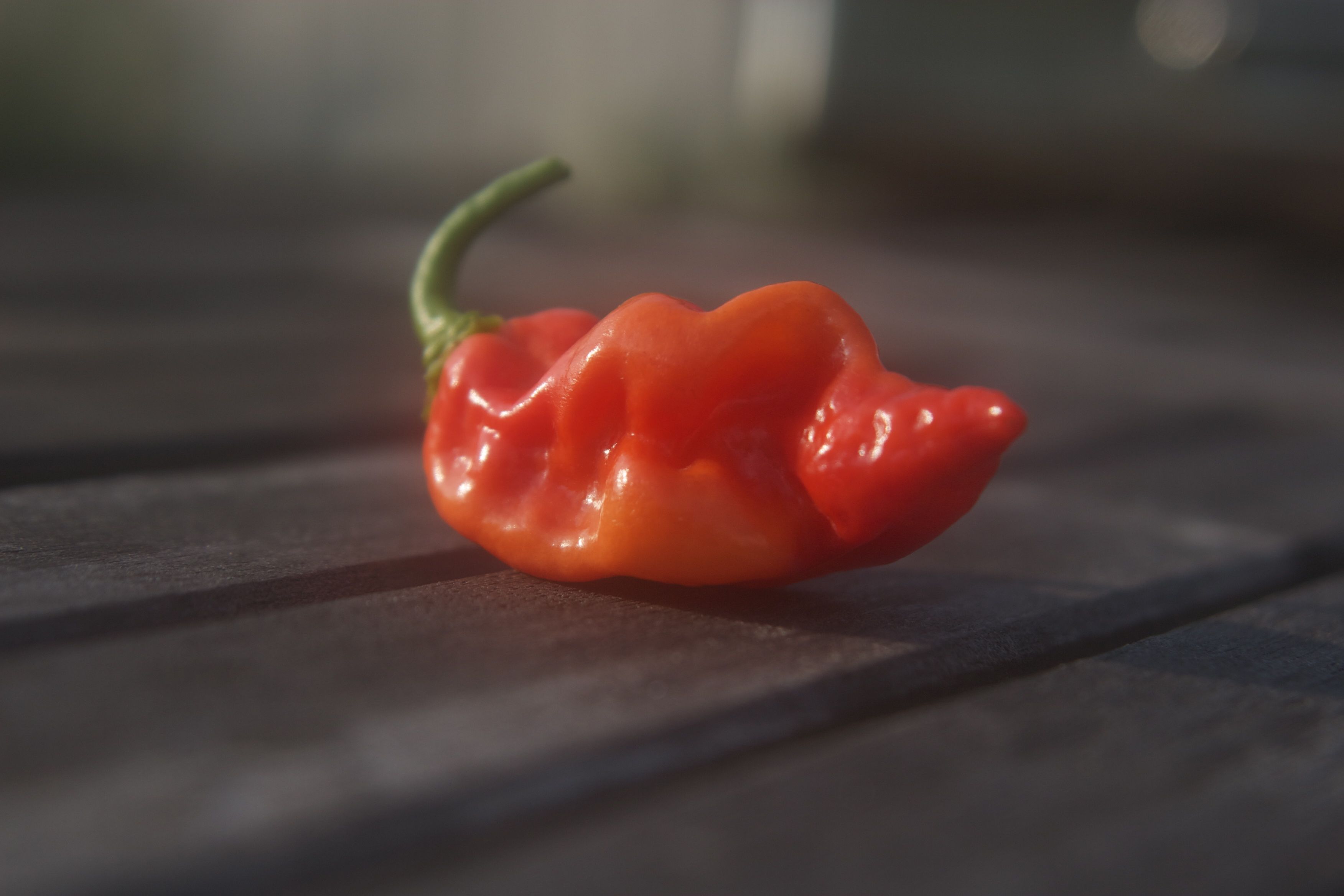
Datil Chili Peppers
Origin: St. Augustine, FL
Color: Yellow-orange
Use: hot sauces
Scoville: 100,00 – 300,000
Hot Fact: These peppers are so popular in St. Augustine, they have a datil pepper cookoff and festival every year.
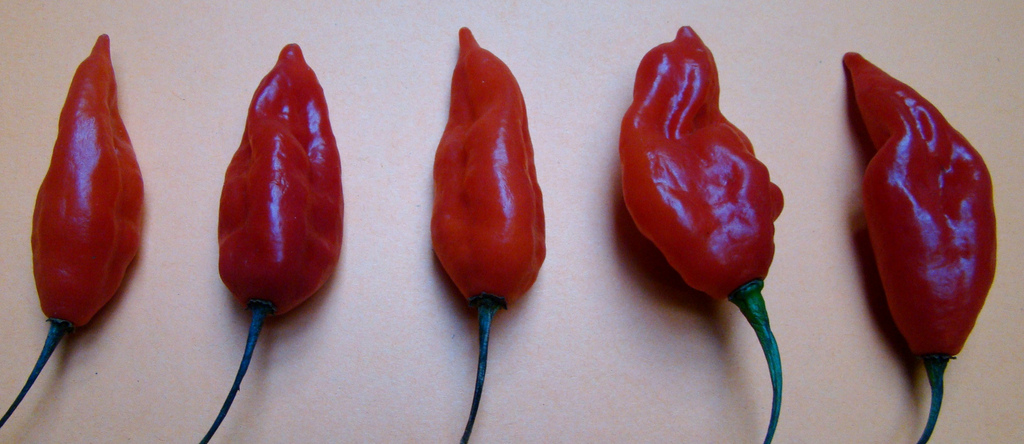
Devils Tongue Chili Peppers
Origin: Pennsylvania
Color: Yellow
Use: sauces and spices
Scoville: 125,000 – 325,000
Hot Fact: Handle with care if you don’t know how to cure a chili burn! If you don’t wear gloves, you’ll face the consequences.
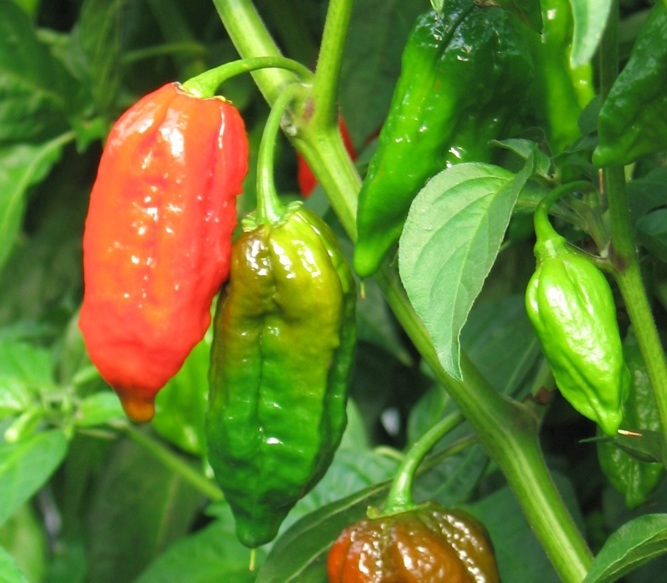
Dorset Naga Chili Pepper
Origin: Dorset, England
Color: Green to Red
Use: Spice, sauce
Scoville: 1 million to 1.5 million
Hot Fact: This chili was used to make the world’s hottest curry, the “Bollywood Burner.”
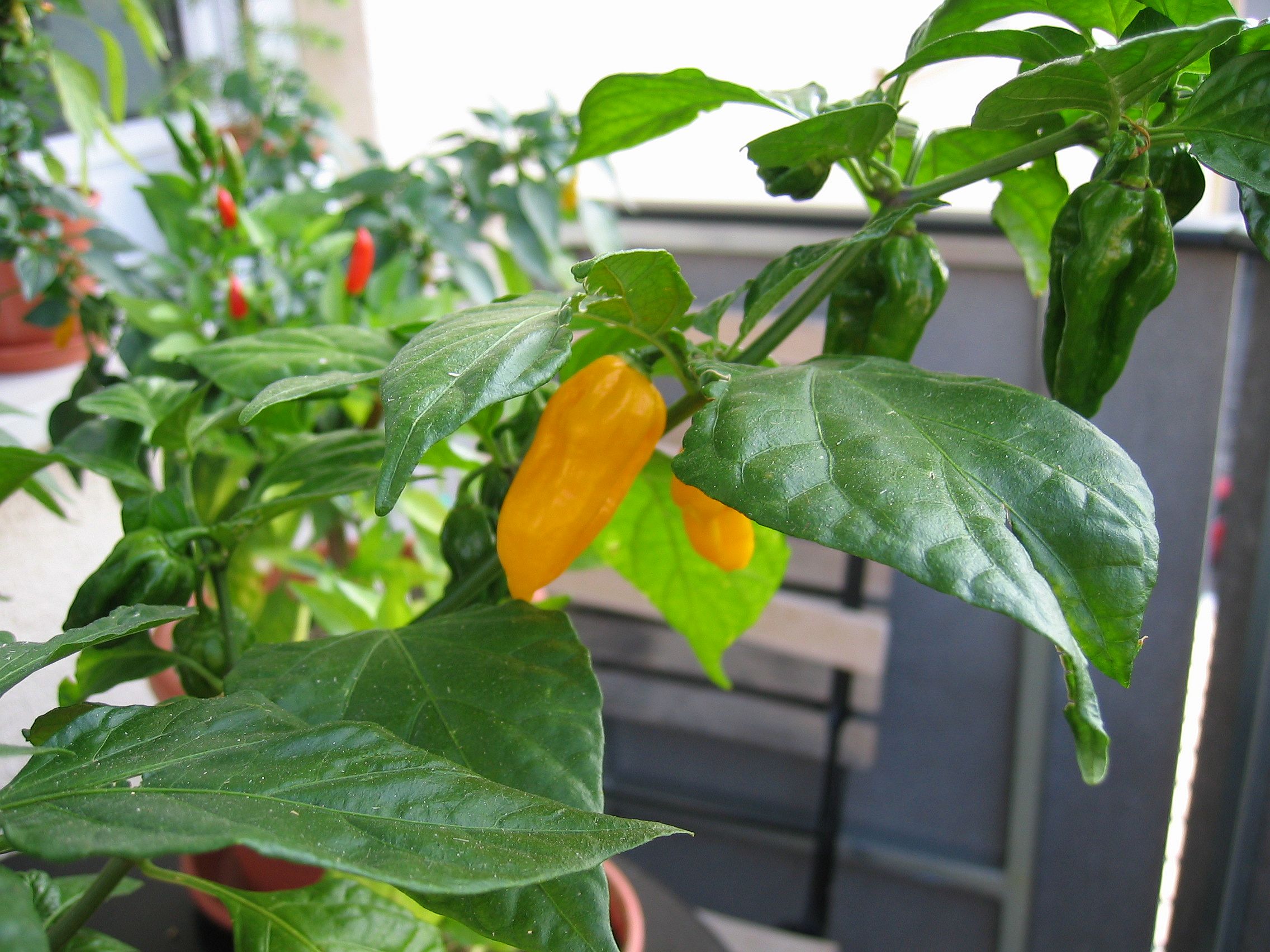
Fatalii Chili Peppers
Origin: Central and Southern Africa
Color: Yellow
Use: powder or frozen
Scoville – 125,000 to 325,000
Hot Fact: On average, this can grow up to 2 feet long.
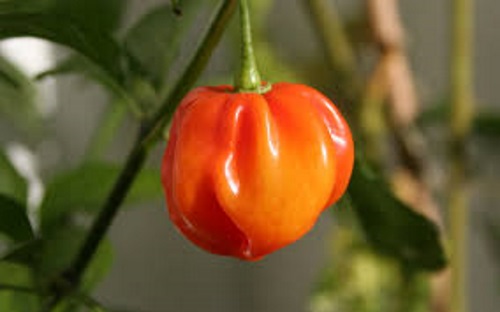
Habanero Chili Pepper
Origin: La Habana, Cuba
Color: Green to Yellow-Orange to Red
Use: hot sauces, puree, frozen, dried, smoked
Scoville: 100,000 – 350,000
Hot Fact: The habanero pepper is the hottest raw edible chile in the world.
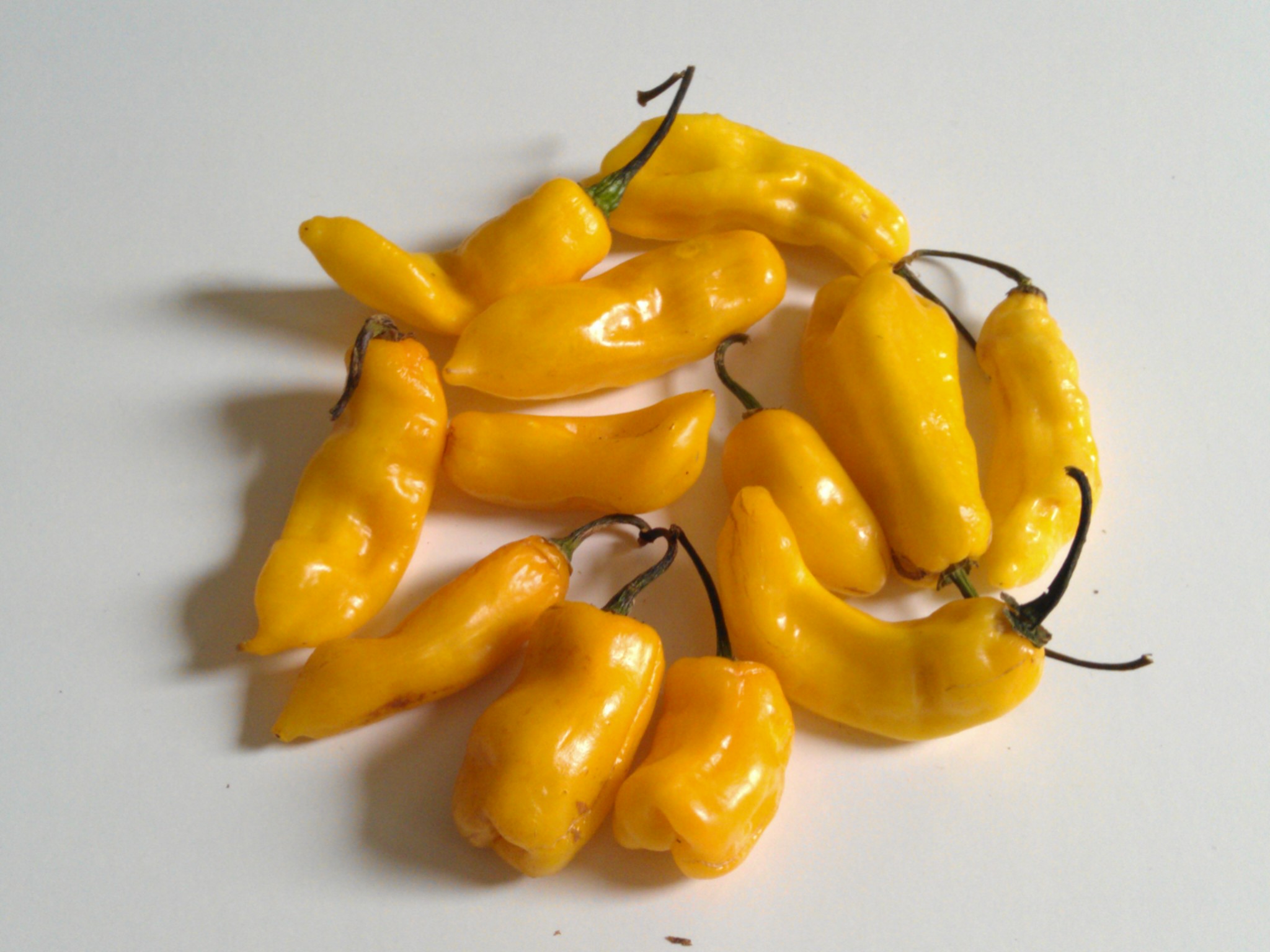
Madame Jennette Pepper
Origin: Suriname, South America
Color: Yellow
Use: Surinamise dishes, Indan Sambal
Scoville: 225,000
Hot Fact: This pepper can be red or yellow, long or short. Regardless of it’s various forms, one thing is for sure: it is not for the faint of heart.
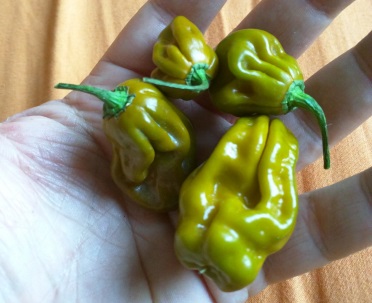
Naga Viper
Origin: England
Color: Red
Use: This is so hot, it used to peel paint.
Scoville: 1,382,118
Hot Fact: This was the word’s hottest chili in 2011.
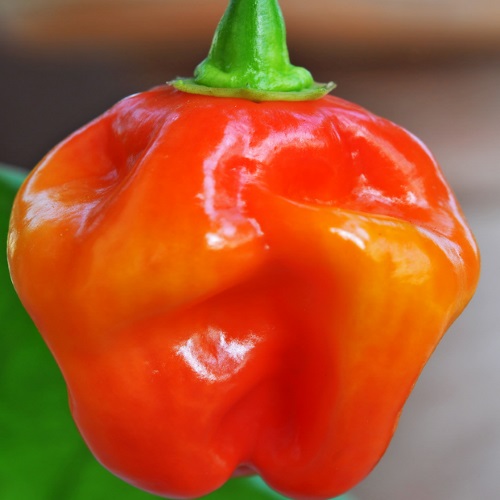
Red Savina Habanero Chili Peppers
Origin: United States
Color: Orange-red
Use: to be used for pepper spray, chili powder, hot sauces
Scoville: 200,000 – 580,000
Hot Fact: This pepper held the record for the hottest chili pepper in the world from 1994 until 2006.
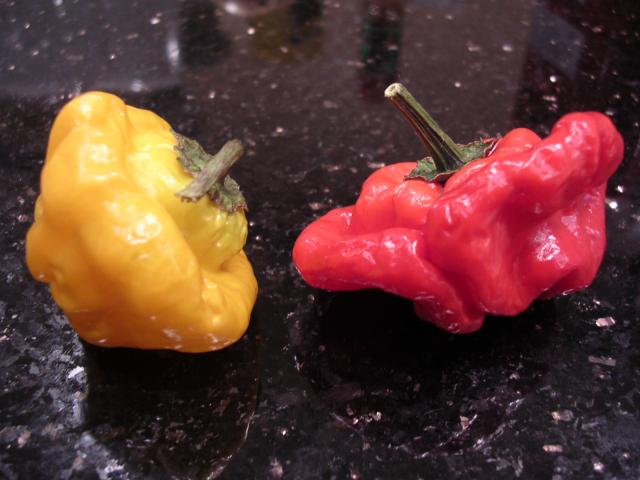
Scotch Bonnet Chili Peppers
Origin: Caribbean, Guyana, Maldives
Color: Yellow
Use: Jerk dishes like pork and chicken. Also in Grenadian, Trinidadian, Jamaican, Barbadian, Guyanese, Surinamese, Haitian, and Caymanian cuisine
Scoville: 100,000 – 350,000
Hot Fact: This pepper is a close cousin to the habanero pepper. Both sweet and tangy, they can add some spice to any meal.
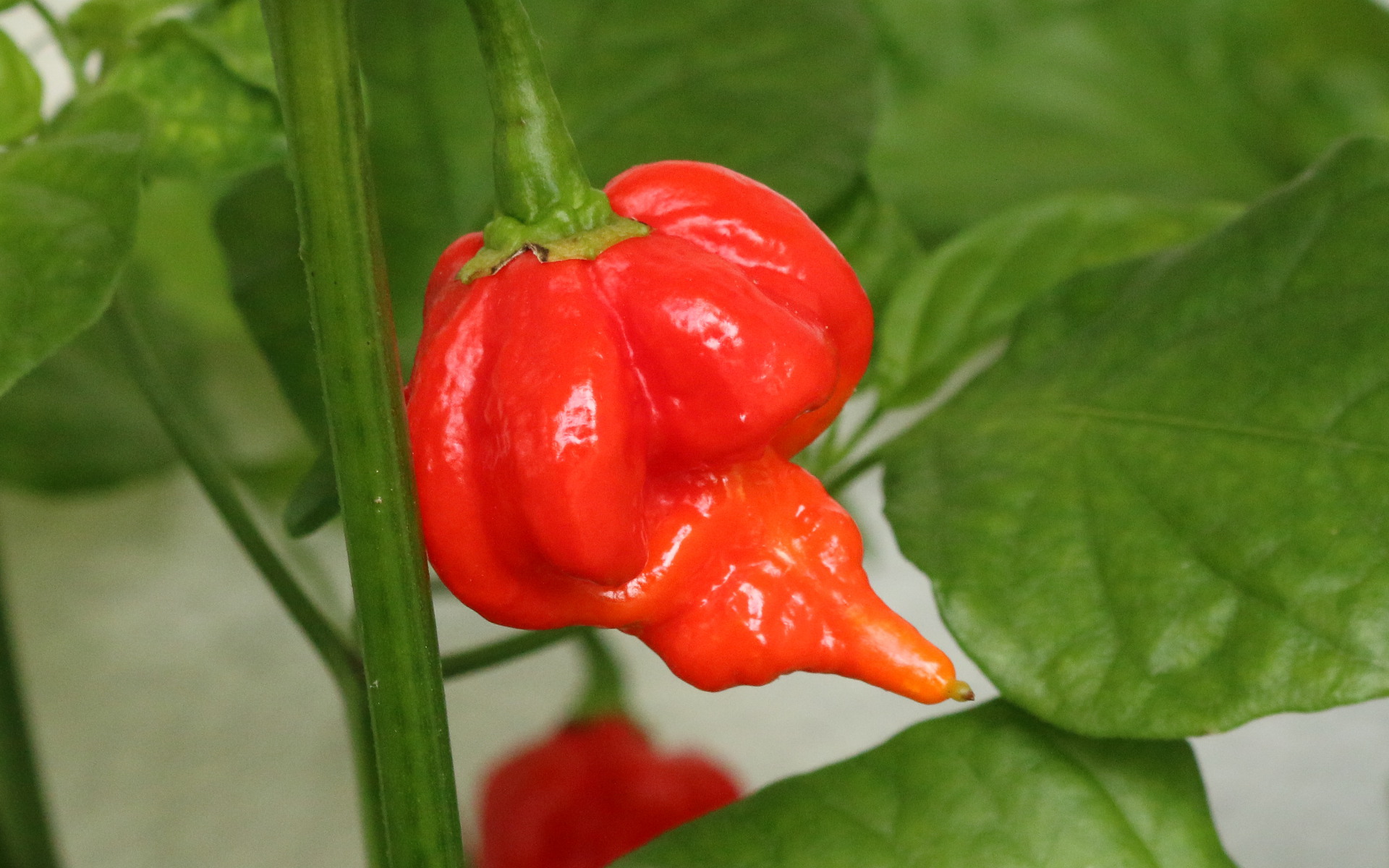
Trinidad Moruga Scorpion
Origin: New Mexico
Color: Red-Orange
Use: Hot sauce products
Scoville: 2,009,231
Hot Fact: This was a pepper said to be the hottest in the world in 2012.
